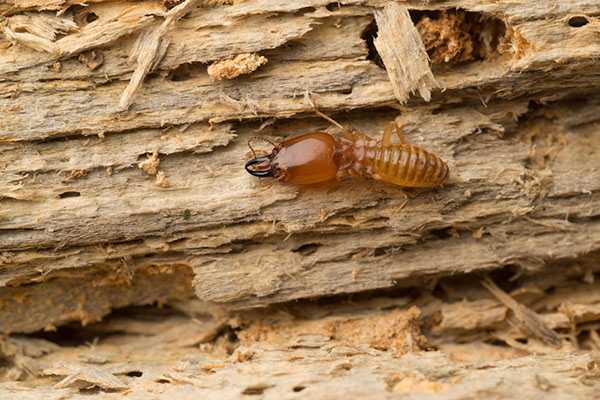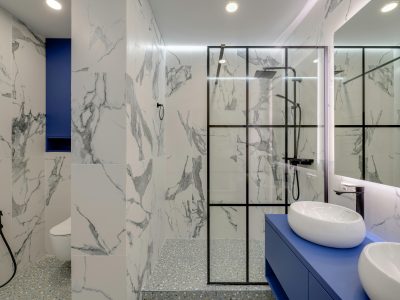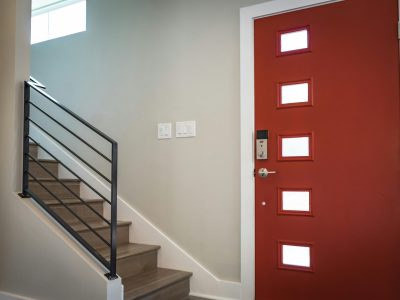Termite infestations are a major concern for wooden furniture. They add warmth and elegance to a living space. If left unchecked, termites can cause irreparable damage to your wooden furniture. This guide will explore the best ways to protect your wooden furniture against termite attack, and ensure its beauty and longevity.
Signs of Termite infestation
Visible Indications
Termite infestations are often visible, such as hollowed out wood or termite wings on furniture.
Auditory cues
Also, knocking or tapping on wood can reveal hollow sounds that indicate termite damage below the surface.
Preventive measures
Proactive measures are necessary to prevent termite damage.
Choosing Termite-Resistant Wood
Choose hardwoods such as teak, redwood or cedar. These woods are known to be resistant to termites.
How to Apply Wood Sealants and Finishes
Sealing wood furniture with polyurethane or lacquer will create a barrier that prevents termites from entering.
Regular Inspections and Maintenance
Early detection of termite activity is possible with frequent inspections. To minimize termite attraction, keep furniture surfaces dry and clean.
Natural Remedies
Natural treatments are a great alternative to chemicals.
Essential Oils
Essential oils such as clove, neem or cedarwood have been known to repel termites. These oils can be applied to wooden surfaces diluted.
Vinegar Solution
A vinegar-water solution can be used to repel termites. Spray the solution onto wood furniture and wipe clean.
Chemical Treatments
Chemical treatments can be effective in combating termite invasions.
Termiticides
Termiticides of professional grade are designed to eliminate termites immediately upon contact, and offer long-lasting protection.
Boring Treatments
Borate-based product penetrates wood and creates a toxic barrier which repels termites.
Professional Assistance
It is best to seek professional assistance in cases of severe infestations.
Hire Pest Control Services
Pest control companies with experience in termite prevention and eradication offer customized solutions.
Termite Treatment and Inspection Plans
Professionals can provide comprehensive protection from termite damage by performing scheduled inspections and implementing treatment plans.
Long-Term Strategy
Termite prevention requires long-term strategies.
Implementing Barriers
Termites can be prevented from accessing wooden furniture by using physical barriers such as metal mesh or plastic screens.
Monitoring and Vigilance
Regularly monitoring furniture and the surrounding area can help detect termite activity earlier, allowing prompt intervention.
Education Awareness
To combat termite infestations, it is important to raise awareness among homeowners and community members about the prevention of termites.
The Conclusion of The Article Is:
A multi-faceted approach is required to protect wooden furniture against termite attacks. This includes preventive measures, chemical treatments, professional help, and long-term plans. Homeowners can protect their wooden furniture from termites by being proactive and vigilant. This will ensure their beauty and durability for many years.













Comments